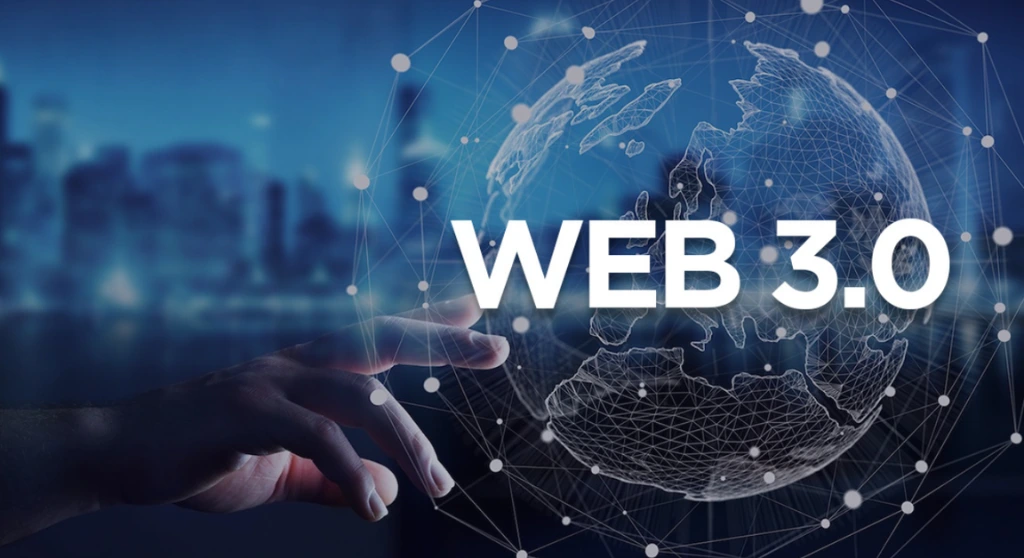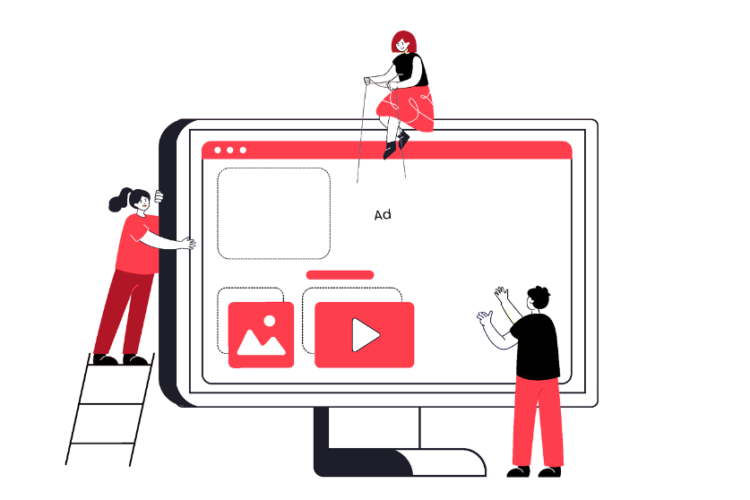
Web 3.0 Explained! It is a big shift in the way the internet works. It’s all about making the internet smarter, more personal, and decentralized. Web 3.0 will change how people use websites, apps, and even social media platforms. The future of the internet is here, and Web 3.0 is a big part of it.
Web 3.0 Definition: A Glimpse into the Future of the Internet
Web 3.0 is a new version of the internet that focuses on giving users more control over their data. Unlike Web 2.0, which depends on central servers (like Facebook or Google), Web 3.0 is built around decentralized systems. This means no one company owns or controls the data you use. Instead, you can control your own information, and everyone can interact in a more secure, private, and open way.
Web 3.0 Key Features: What Makes It Different?
Web 3.0 comes with new and exciting features that make it stand out from the old internet. These features help you get a more personal and safe experience online.
- Decentralization – In Web 3.0, the power is given back to users. There is no need for a central server. Everything is decentralized through technologies like blockchain.
- Security – With Web 3.0, your data is more secure. You have full control over your privacy, thanks to advanced cryptography.
- Artificial Intelligence (AI) – Web 3.0 uses AI to give more personalized and smarter experiences. Websites can understand what you want better than before.
- Virtual Reality (VR) and Augmented Reality (AR) – These technologies make the internet experience more interactive and immersive.
- Interoperability – Web 3.0 allows different apps, platforms, and websites to work together more easily, making your online life more connected.
Also Read: 7 Must-Have SEO Extensions for Chrome
Web 3.0 Technologies: Building a New World Online
The heart of Web 3.0 is its advanced technologies. These technologies make the new internet safer, smarter, and easier to use.
- Blockchain: One of the main Web 3.0 technologies is blockchain. Blockchain is a type of digital ledger that keeps track of information in a way that no one can change it. This technology ensures that data is kept safe and transparent. Web 3.0 Blockchain is the backbone of many new platforms and apps.
- Cryptocurrencies: Many Web 3.0 applications use cryptocurrencies like Bitcoin or Ethereum. These digital currencies allow people to make payments safely without needing banks or middlemen.
- Smart Contracts: These are self-executing contracts that automatically do what they say without needing a third party.
- Decentralized Finance (DeFi): DeFi is a Web 3.0 technology that removes the need for banks and allows people to use financial services directly with each other.
- AI and Machine Learning: These technologies help Web 3.0 websites and applications understand your behavior and predict your needs, providing a more personalized experience.
Real-World Examples of Web 3.0 in Action
Web 3.0 is not just a concept; it is already making a real impact on the internet. Here are some examples of Web 3.0 applications and technologies:
- Cryptocurrency: Bitcoin, Ethereum, and other cryptocurrencies use Web 3.0 technologies like blockchain to create decentralized, secure digital currencies.
- Decentralized Apps (dApps): These apps run on blockchain and give you more control over your data. For example, platforms like Uniswap allow users to trade cryptocurrencies directly.
- NFTs (Non-Fungible Tokens): NFTs are digital assets that are unique and cannot be replaced. They are built using blockchain technology.
- Web 3.0 Social Media Platforms: Platforms like Steemit and Minds allow users to earn rewards for creating and sharing content, without relying on big companies like Facebook.
- Web 3.0 Websites: Decentralized websites like the ones built using the IPFS (InterPlanetary File System) allow users to host content in a way that can’t be easily taken down by a single authority.
Also Read: Top Generative AI Tools: Examples of Technology Transforming Businesses in 2025
The Big Question: When Will Web 3.0 Be Released?
Web 3.0 is already here, but it’s still growing. Right now, we are in the early stages, and not everyone uses Web 3.0 technologies yet. As more people start using blockchain, cryptocurrencies, and decentralized platforms, Web 3.0 will become more common. It’s expected that over the next few years, Web 3.0 technologies will keep improving, and the number of Web 3.0 applications will increase.
Best Web 3.0 Applications: Revolutionizing the Digital World
Many amazing Web 3.0 applications are changing the way we interact with the internet. Some of the best Web 3.0 applications include:
- Metamask: A wallet for managing your digital assets, like cryptocurrencies and NFTs.
- Brave Browser: A Web 3.0 browser that blocks ads and lets you earn cryptocurrency.
- OpenSea: A platform to buy and sell NFTs.
- Uniswap: A decentralized exchange for trading cryptocurrencies.
- Decentraland: A virtual world where users can buy, sell, and build things in a 3D space.
Web 3.0 Application Development: Building for the Future
Web 3.0 application development is different from traditional app development. Developers need to focus on creating decentralized applications (dApps) that run on blockchain networks. This kind of development is growing fast, and many companies are now looking to hire experts in Web 3.0 technologies to create the next big decentralized app.
- Smart Contracts: Web 3.0 application development often involves creating smart contracts, which are like digital agreements that automatically execute when conditions are met.
- Blockchain: Building apps on blockchain technology means that the app can be trusted and will work without a central authority controlling it.
- Decentralized Storage: Developers are moving away from centralized storage systems to more secure, decentralized storage options.
Web 3.0 Social Media Platforms: A Shift Away from Big Tech
Web 3.0 is also changing social media. Traditional social media platforms like Facebook and Instagram control your data and how it’s used. Web 3.0 social media platforms, on the other hand, give you more control.
- Minds: A decentralized social platform that rewards users for their content.
- Steemit: A social media platform that lets you earn cryptocurrency for posting content.
- DTube: A decentralized video-sharing platform built on blockchain.
- Peepeth: A decentralized version of Twitter where content is stored on the blockchain.
- Flote: A free-speech platform that runs on Web 3.0 technologies.
Web 3.0 and Digital Marketing: A New Era of Engagement
Web 3.0 is transforming digital marketing by enabling more personalized, secure, and decentralized experiences. With blockchain, AI, and decentralized apps, businesses can connect with consumers in a more transparent way. This shift allows for better data privacy, smarter targeting, and the potential for new forms of advertising and customer engagement. As Web 3.0 grows, digital marketers will need to adapt to these changes for more efficient and customer-centric strategies.
FAQs
- What is Web 3.0?
Web 3.0 is the next generation of the internet, focused on decentralization, privacy, and user control. - What are the key features of Web 3.0?
Web 3.0 features include decentralization, better security, AI-driven experiences, and interoperability across platforms. - How does Web 3.0 differ from Web 2.0?
Unlike Web 2.0, which relies on central authorities, Web 3.0 uses blockchain to decentralize control and protect user data. - What are some real-world examples of Web 3.0 applications?
Examples include decentralized apps (dApps), cryptocurrencies like Bitcoin, and blockchain-based social media platforms like Steemit. - When will Web 3.0 be fully available?
Web 3.0 is already in development, with many technologies and applications being used now, but full adoption will take a few more years.

